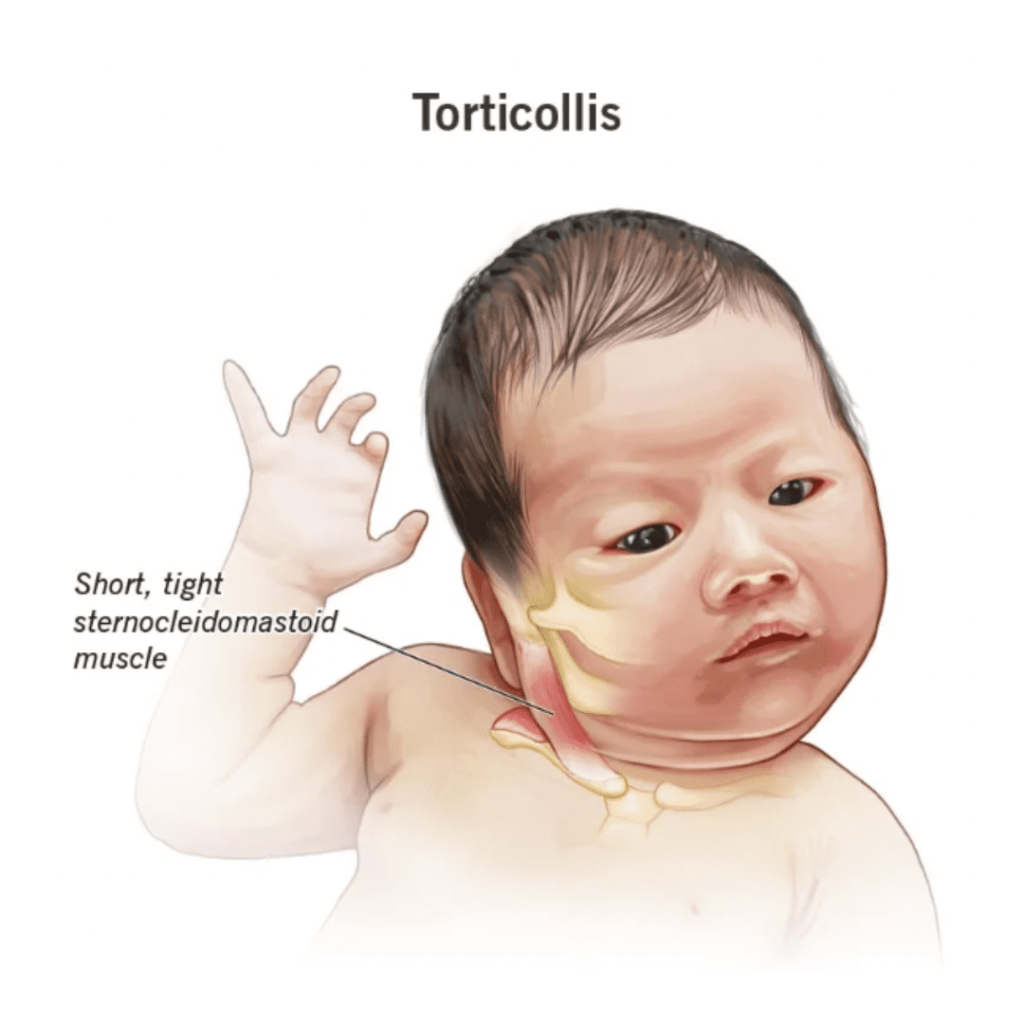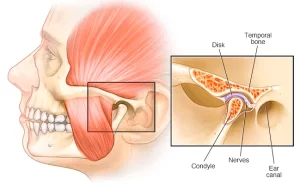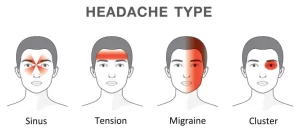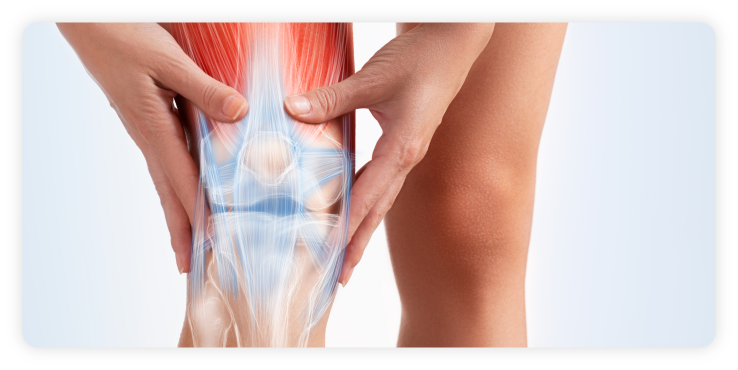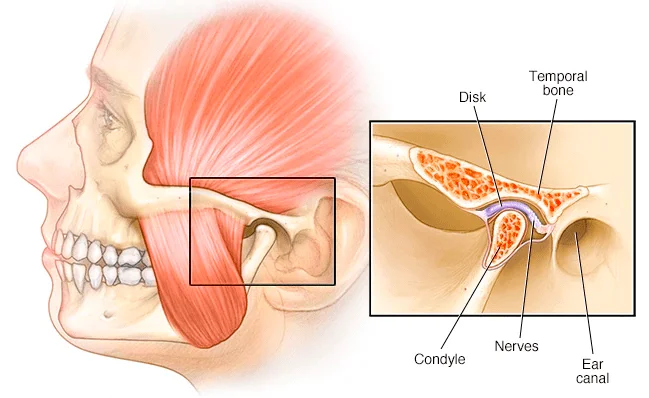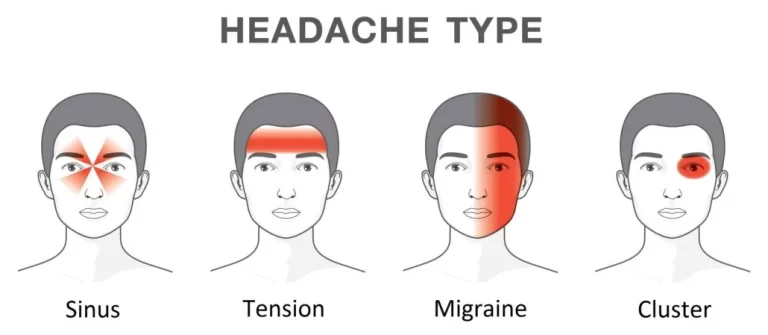Did you know – Torticollis may occur in up to 25% of babies and infants?
So what is Torticollis?
Torticollis or wry neck is a condition where a baby’s neck muscles are tight and in spasm, causing the head and neck to bend and turn to one side. In the majority of cases, the top of their head may be tilted to one side and their chin may be tilted to the other side. This condition can be present at birth (congenital) or it may develop later in infancy or childhood (acquired). Congenital Torticollis is the most common type of Torticollis. In some cases, assessment and care from a chiropractor in Singapore may be part of a multidisciplinary approach to manage musculoskeletal alignment and movement concerns.
What causes Torticollis?
Torticollis happens when the Sternocleidomastoid muscles (SCM) that connect the breastbone and collarbone to the skull are shortened. As the baby’s neck muscle is shortened on one side of the neck, it pulls their head into a tilt or rotation. Often, this muscle is shortened or tightened by abnormal fetal positions, injury during birth, abnormalities or bone problems in the neck portion of the spine, and in rare cases by inherited diseases that can cause damage to the nervous system or muscles. The most common symptom is the baby’s head is tilted to the right or the left. Flattening of the head and face may also happen too due to preference of head position.
How does physical therapy help with Torticollis?
Physical therapy is recommended for Torticollis. Early treatment for Torticollis reduces the risk of developing related problems. Gentle manual therapy will be done to the myofascial tissues to release muscular shortness and tightness. This can help restore motion to the tightened side of the neck, trunk, or back. As treatment progresses, neck movements and stretches will be included to aid in improving range of motion. Muscle strengthening and functional activities will also be incorporated to promote symmetrical muscle development for head and neck control. If there are any head shape issues, recommendations about how to decrease any flatness that may be present will be provided as well. If in doubt, please seek professional advice.
Considering Professional Support for Torticollis
If you are exploring care options for a child with torticollis, a clinical assessment may help identify the underlying cause and inform the next steps in management. To learn more about available services, visit our chiropractic clinic in Singapore.
